Minister Nguyen Manh Hung requested that the innovation sector contribute 3% to GDP growth, which is the main driving force to promote economic growth.
On the afternoon of March 24, Minister of Science and Technology Nguyen Manh Hung had a working session with the Agency for Startups and Technology Enterprises, the Agency for Innovation and the National Technology Innovation Fund (NATIF).
These are 3 units under the innovation sector of the Ministry of Science and Technology, and are also the first units selected by the Minister to work directly after the Ministry of Information and Communications merged with the Ministry of Science and Technology to form the new Ministry of Science and Technology.
Sharing the reason for choosing these three units to work first, the Minister said that the Ministry is in the process of amending the 2013 Law on Science and Technology, with a new name: Law on Science and Technology and Innovation. This is the first time that innovation is placed on par with science and technology. The goal is to bring innovation into life, thereby creating competitiveness, promoting economic growth, and improving people's quality of life.
Clarifying the content of innovation
At the beginning of the working session, Minister Nguyen Manh Hung requested that units need to review their functions and tasks, by returning to basic, root concepts to find clear definitions, avoiding vague understanding leading to mistakes or ineffective work.
The Minister, together with officials from the three units, clarified the differences between the concepts of technology application, technology transfer, innovation, startup, technology incubation and pointed out the tasks of the technology innovation fund.
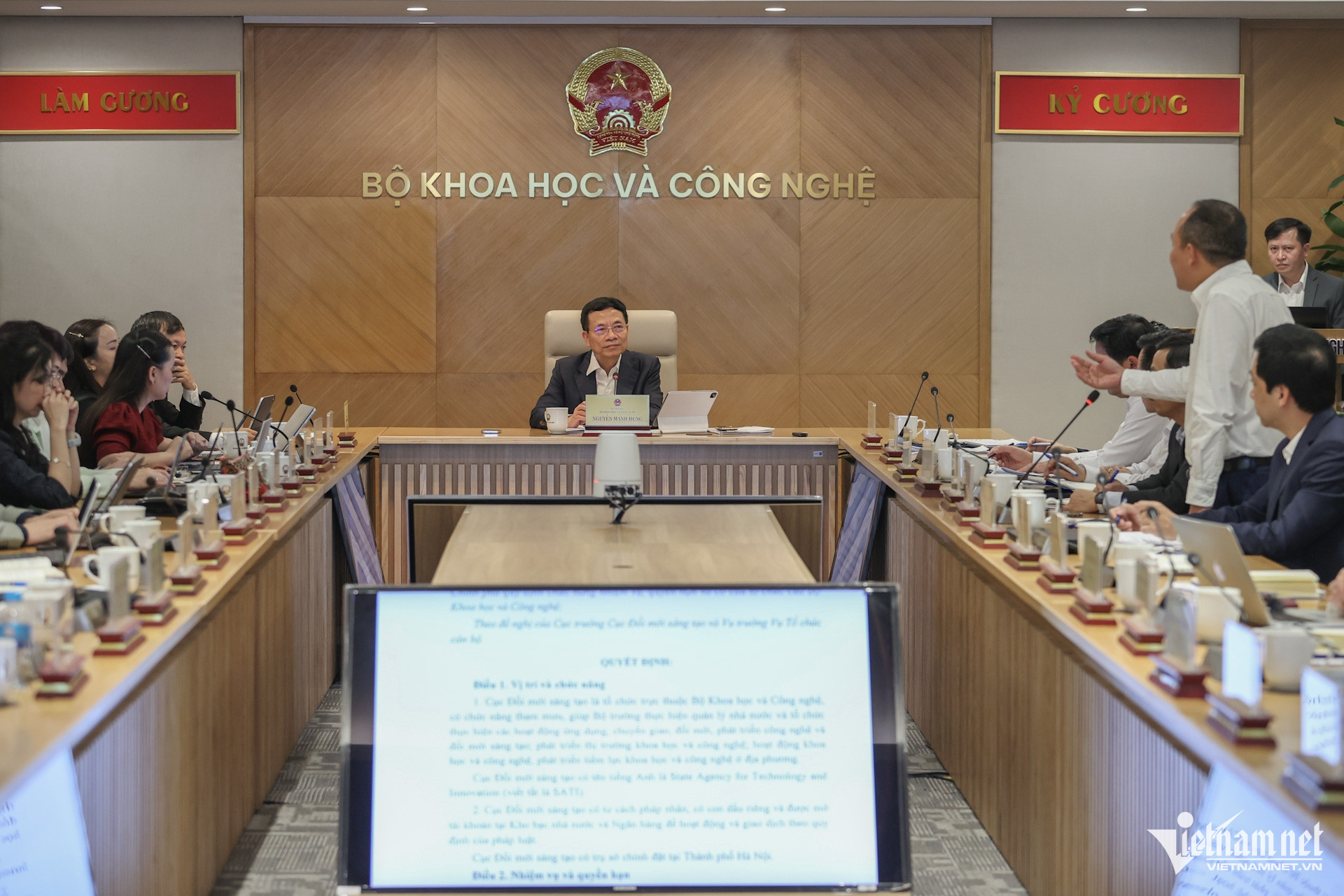
According to the Minister, technology application simply means "buying and using". Buying technology and using it will account for 80% of all innovation activities in Vietnam. This is easy to do but has an immediate impact on the economy.
Technology transfer is “buy and use” but at a higher level, it can include training in self-maintenance, repair, operation, replacement of small parts, and even explanation of technology.
Technological innovation is a step further, when “digesting” purchased technology, improving it to increase productivity, reduce costs, create new products that even the seller cannot think of, creating additional value to expand the technological frontier. Innovation is the way to help increase national competitiveness.
The minister cited an example from his visit to a telecommunications network operations center in India: “They bought $500 million worth of software from Ericsson, but hired three programmers to modify and add new features to make it more efficient.” The value these people created alone exceeded the value of the original software.
With the innovation block, the need to develop technology arises from the application process. After purchasing technology for use and improvement, people think they can do better, so they then research and develop it themselves.
This way of developing technology comes from using technology, that is, from the "ground up", different from developing technology from the "sky down".
Regarding innovation, the Minister explained: “ Innovation sometimes means bringing something that has never existed or been used before. Innovation means buying it, but using it differently from others .”
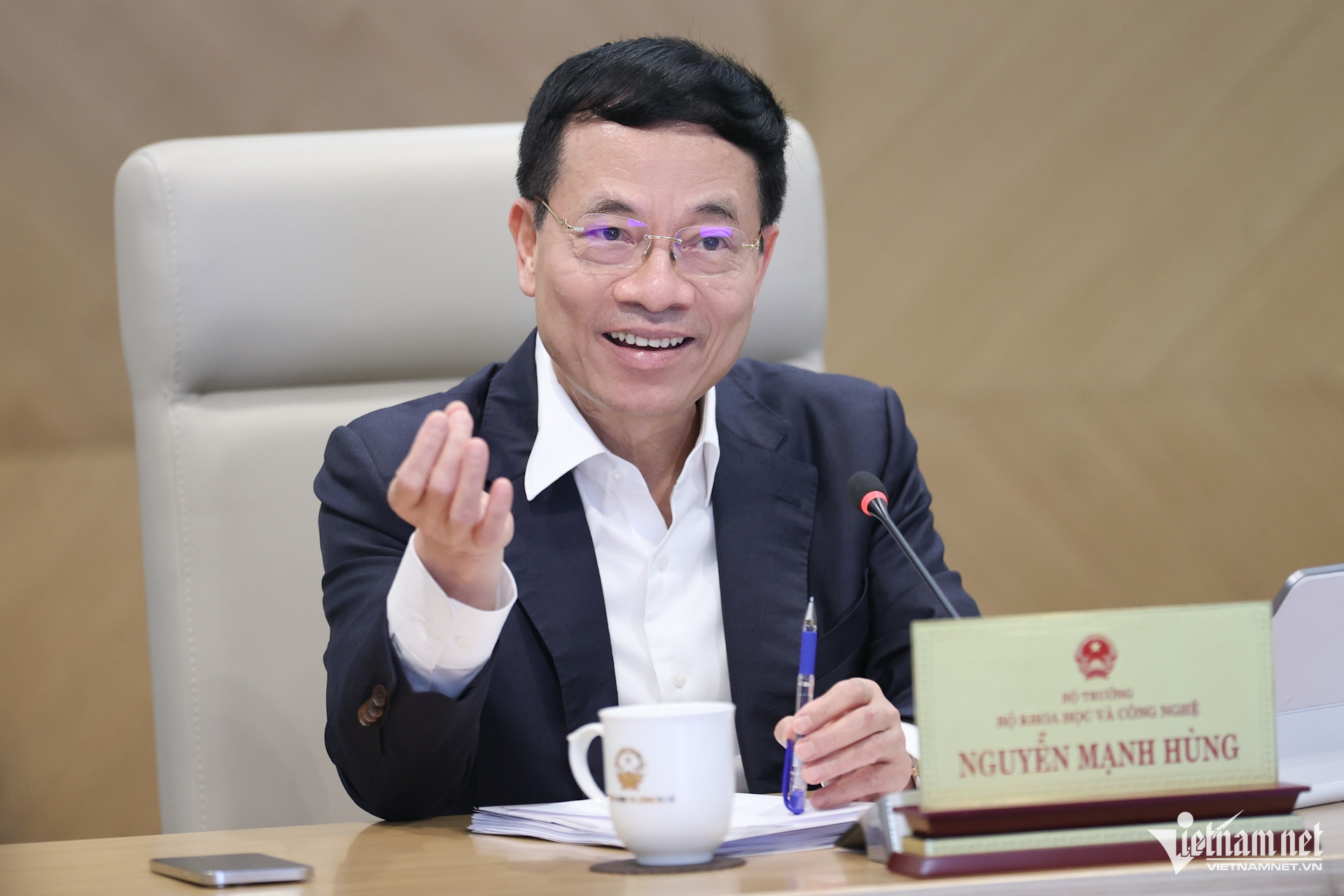
Talking about some concepts related to startup activities, the Minister noted the indispensable characteristics of a startup, which are to have a breakthrough, solve a long-standing social problem and create creative destruction. Meanwhile, technology incubation is like nurturing, teaching and training startups.
Regarding the National Technology Innovation Fund, the Minister directed that the operation should shift from lending to supporting loan interest rates and credit guarantees. The fund's activities will be aimed at serving the application of technology, purchasing and using it to support businesses.
The head of the Ministry of Science and Technology said that only when units deeply and thoroughly understand the problem, can promoting innovation and creativity turn from a difficult task into an easy task.
Measuring the contribution of innovation to the economy
At this working session, officers of the units also raised difficulties in performing their work and wished that the leaders of the Ministry of Science and Technology would solve these problems to increase management efficiency and support businesses.
Sharing about this issue, Minister Nguyen Manh Hung said that an important issue for units is to measure the contributions of the innovation sector to economic and social development.
The Minister assigned the Department of Innovation, the Department of Startups and Technology Enterprises, and the NATIF Fund to evaluate and measure innovation activities, find models and impacts of innovation on economic development, and increase national competitiveness.
This is the first thing to do because if you don't measure, you can't manage, you won't know what the impact is, what priorities to prioritize, and where to invest to promote development. Not measuring means spending money but not creating the final result, leading to wasting people's money and easily causing accidents.
Faced with the reality that many units cannot measure work results, the Minister requested to immediately start building a set of criteria to evaluate the effectiveness of innovation activities.
Building a set of criteria, measuring and publishing will make businesses and localities compete, thereby creating better results. This can be done easily by referring to the practices of previous countries.

Orientation for Vietnam's innovation strategy
At the meeting, the Minister pointed out that innovation no longer follows the traditional model of scientific research to technology, from technology to innovation, from innovation to digital transformation as before. Instead, innovation can now originate from the real needs of society, then set out requirements for technology development and scientific research.
This requires adjustments in the relationship between businesses, institutes, schools and the State. Businesses, due to the need to compete and innovate, should proactively bring their problems and issues to institutes and schools for cooperation. The State will play a supporting role in this relationship.
According to the Minister, science and technology, innovation and digital transformation must contribute at least 5% to the GDP growth target of 10% per year. Innovation is expected to account for 60% of that, or about 3% of GDP growth, digital transformation will contribute 1-1.5% and science and technology will account for 1%. This is the first time the science and technology sector has a specific target on the contribution of innovation to the economy.
To achieve this goal, the Minister proposed establishing innovation centers in each industry and locality, while promoting policies to support businesses through exemptions and reductions in import taxes on machinery, corporate income tax incentives, and providing preferential loans.
An important solution is to establish a National Venture Capital Fund with a model of 30% State capital and 70% private capital, aiming to mobilize maximum market resources to support startups with the potential to become unicorns.
The Minister also emphasized the role of technology standards in guiding business development and enhancing competitiveness. The country sets standards to develop in the way it wants. Standards will create space for the development of science and technology and innovation.

Source: https://vietnamnet.vn/doi-moi-sang-tao-phai-dong-gop-3-vao-tang-truong-gdp-2384080.html


![[Photo] Overcoming all difficulties, speeding up construction progress of Hoa Binh Hydropower Plant Expansion Project](https://vstatic.vietnam.vn/vietnam/resource/IMAGE/2025/4/12/bff04b551e98484c84d74c8faa3526e0)


![[Photo] Closing of the 11th Conference of the 13th Central Committee of the Communist Party of Vietnam](https://vstatic.vietnam.vn/vietnam/resource/IMAGE/2025/4/12/114b57fe6e9b4814a5ddfacf6dfe5b7f)




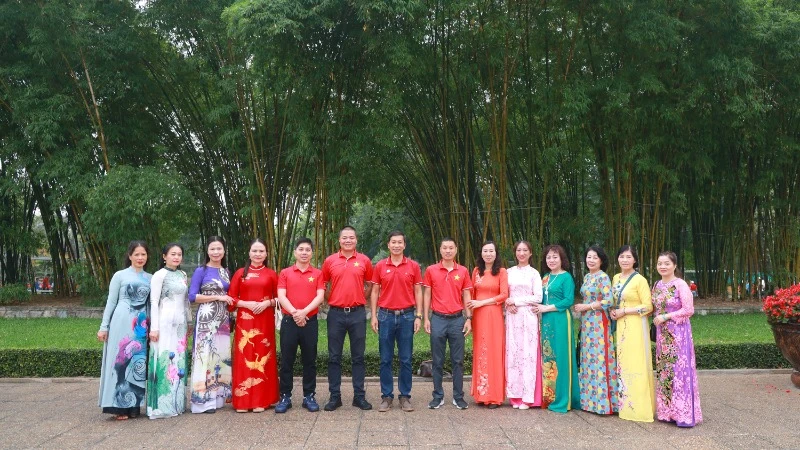


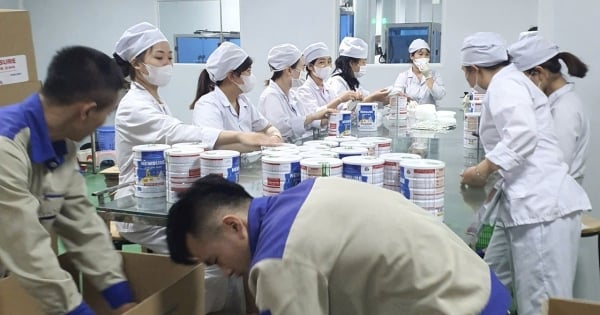




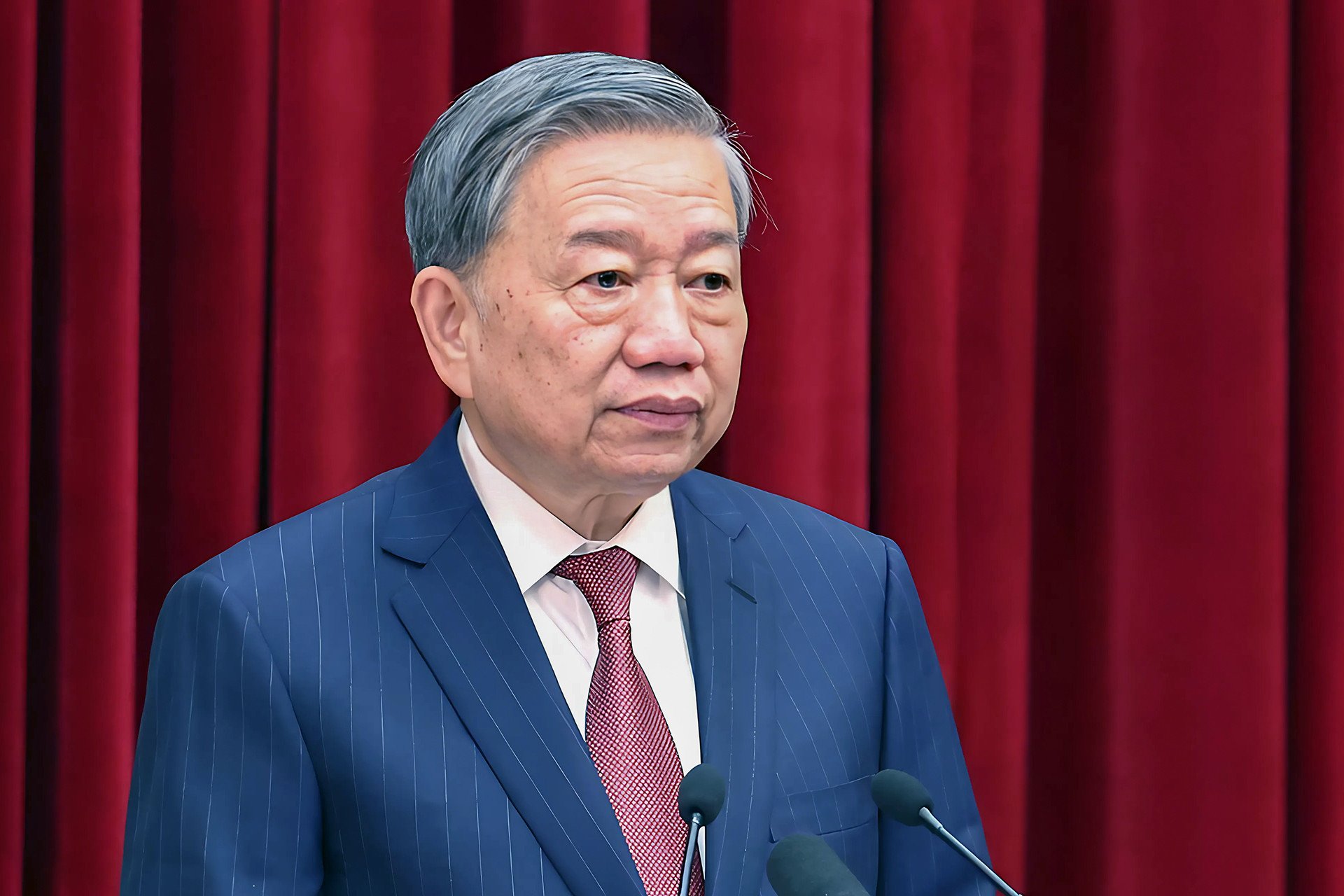
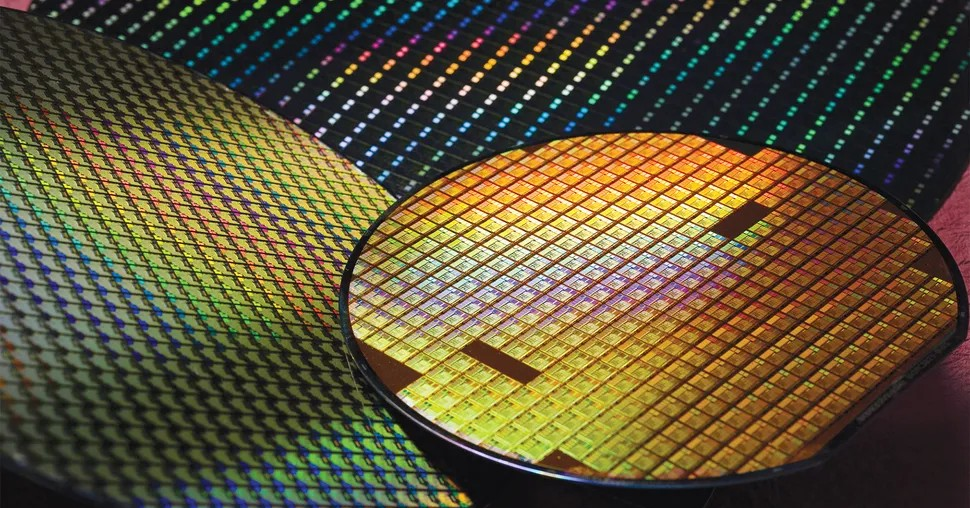















































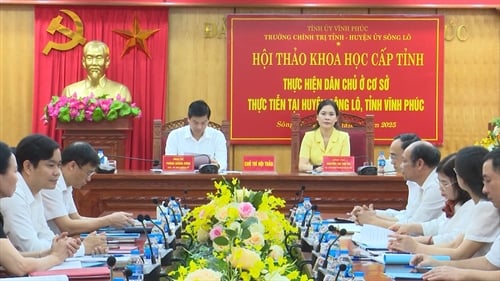


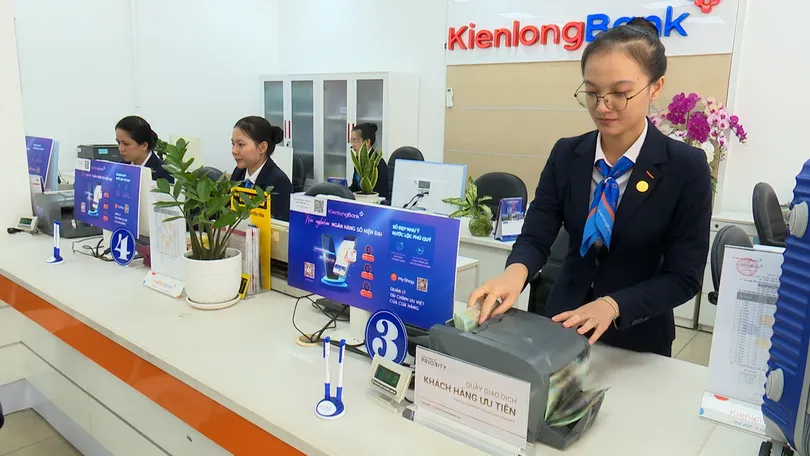
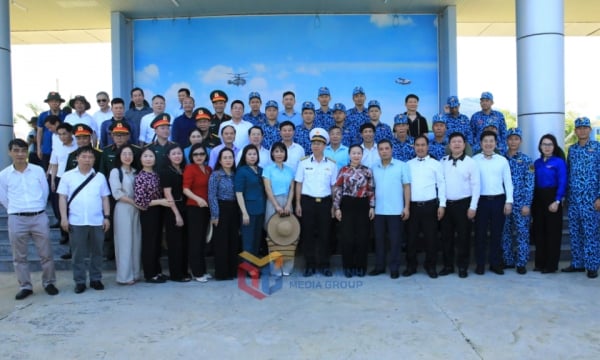
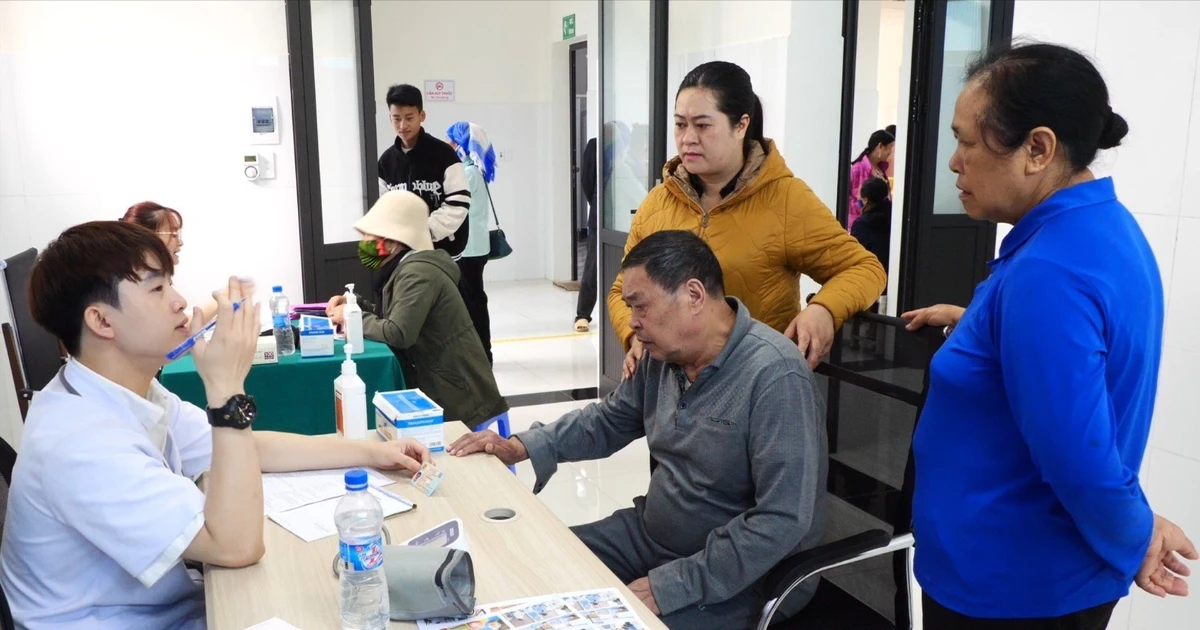

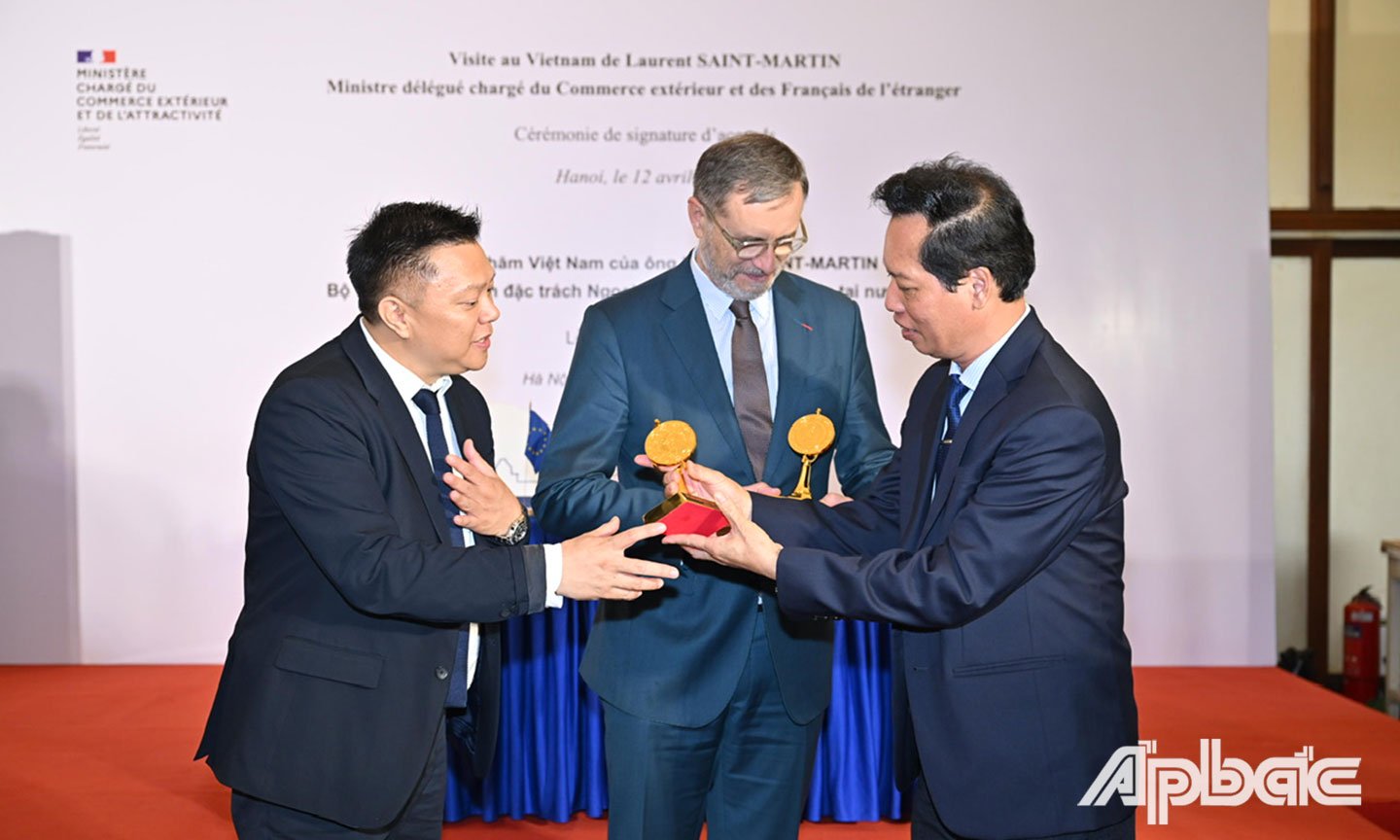












Comment (0)